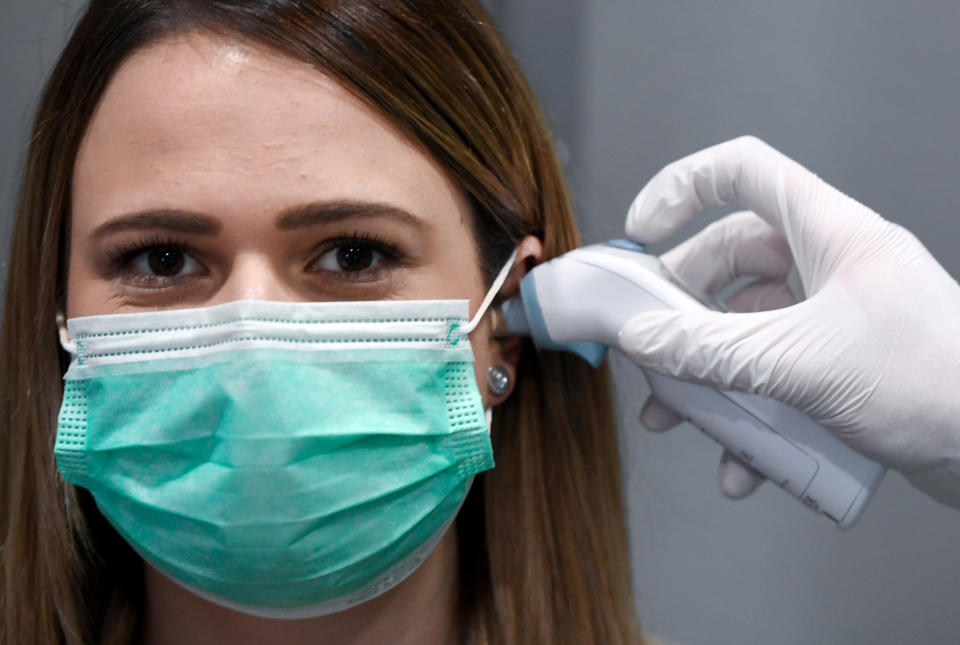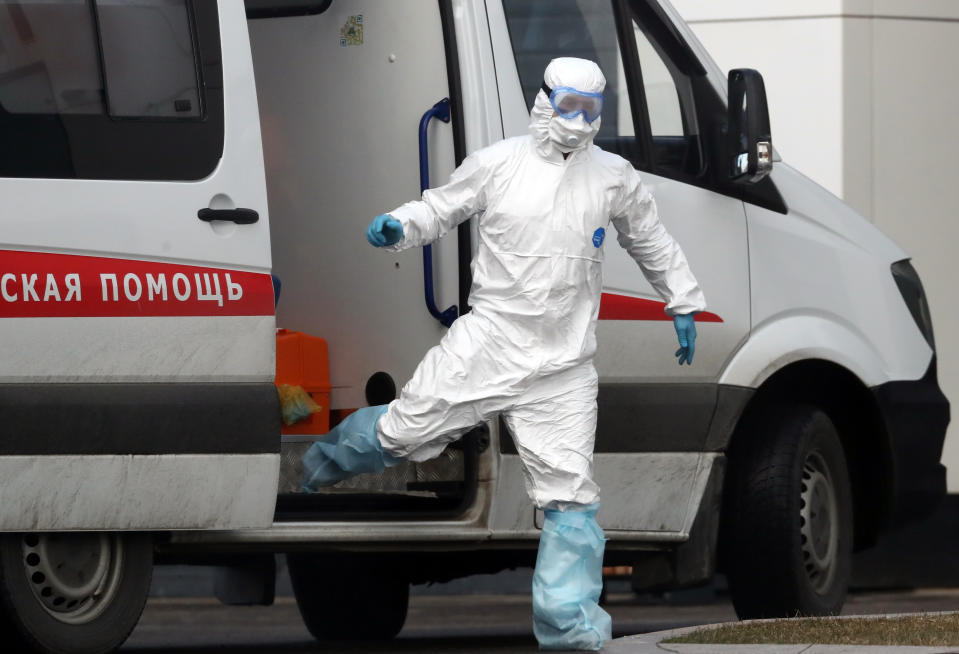What are the symptoms of the coronavirus?
The coronavirus is making headlines all over the world, leaving many anxious they may become struck down with the infection.
Virtually unheard of at the start of the year, the somewhat-mysterious strain is thought to have emerged at a seafood and live animal market in the Chinese city Wuhan at the end of 2019.
Confirmed cases have since arisen across every inhabited continent.
While it may sound alarming, the pandemic appears to have “curbed” in China, with cases plateauing since the end of February.

Latest coronavirus news, updates and advice
Live: Follow all the latest coronavirus updates from the UK and around the world
Fact-checker: The number of COVID-19 cases in your local area
Explained: Symptoms, latest advice and how it compares to the flu
What are the symptoms of the coronavirus?
The coronavirus causes vague, flu-like symptoms, namely fever, cough and slight breathlessness.
Early data suggests four out of five cases are mild, with symptoms not progressing beyond the above.
After looking at 181 confirmed patients, scientists from John Hopkins University found most developed signs of the infection within five days.
Nearly all (97.5%) had endured the flu-like symptoms within 11.5 days.
In severe cases, patients are developing pneumonia.

This occurs when a respiratory infection spreads to the alveoli (air sacs) in the lungs, causing them to become inflamed and filled with fluid or pus.
The lungs then struggle to draw in air, resulting in reduced oxygen in the bloodstream.
Generally speaking, pneumonia often causes a cough, which may come with thick coloured or blood-stained phlegm.
Some develop breathing difficulties, with breaths becoming rapid and shallow.
Others may feel breathless, even when resting.
A rapid heartbeat, fever, chest pain and loss of appetite are also warning signs.
Some also battle sweats and shivering, alongside generally feeling unwell.
Less common symptoms include coughing up blood, headache, fatigue, nausea, vomiting, wheezing, and joint and muscle pain.
The elderly may become confused or disorientated.
Chinese scientists looked at 137 “survivors” of the coronavirus and 54 people who died of the infection in Wuhan.
They found 98% of the deceased developed respiratory failure, compared to 36% of the survivors.
This occurs when insufficient levels of oxygen pass from the lungs into the bloodstream or carbon dioxide builds up.
Sufferers may feel breathless or start gasping for air.
If respiratory failure progresses, the skin, lips and fingernails can turn blue, with patients also appearing disorientated, fatigued and suffering an irregular heart beat. They can even lose consciousness.
The same scientists found all (100%) of the deceased had sepsis versus less than half (42%) of the survivors.
Sepsis symptoms include acting confused, blurring speech and not making sense.
Like with respiratory failure, some patients turn blue, while others develop a rash that does not fade when pressed with a glass.
Difficulty breathing, breathlessness or rapid breathing are also warning signs.

What is the new coronavirus?
The new coronavirus is one of seven strains of a virus class that are known to infect humans.
The class is also made up of four strains that cause the common cold, severe acute respiratory syndrome (Sars) and Middle East respiratory syndrome (Mers).
Sars killed 774 people during its 2002/3 outbreak, while 858 people died in Mers’ 2012 outbreak.
Most of those who initially caught the new coronavirus worked at, or visited, the market in Wuhan.
Officials confirmed early on in the outbreak the virus spreads face-to-face via droplets that have been sneezed or coughed out by a patient.
There is also evidence it may be transmitted in faeces and urine.
The coronavirus has no “set” treatment, with most people’s immune system fighting off the virus naturally.
Those requiring hospitalisation are given “supportive care”, like ventilation, while their immune system gets to work.
To prevent infection, officials recommend regular hand washing and “social distancing”.



